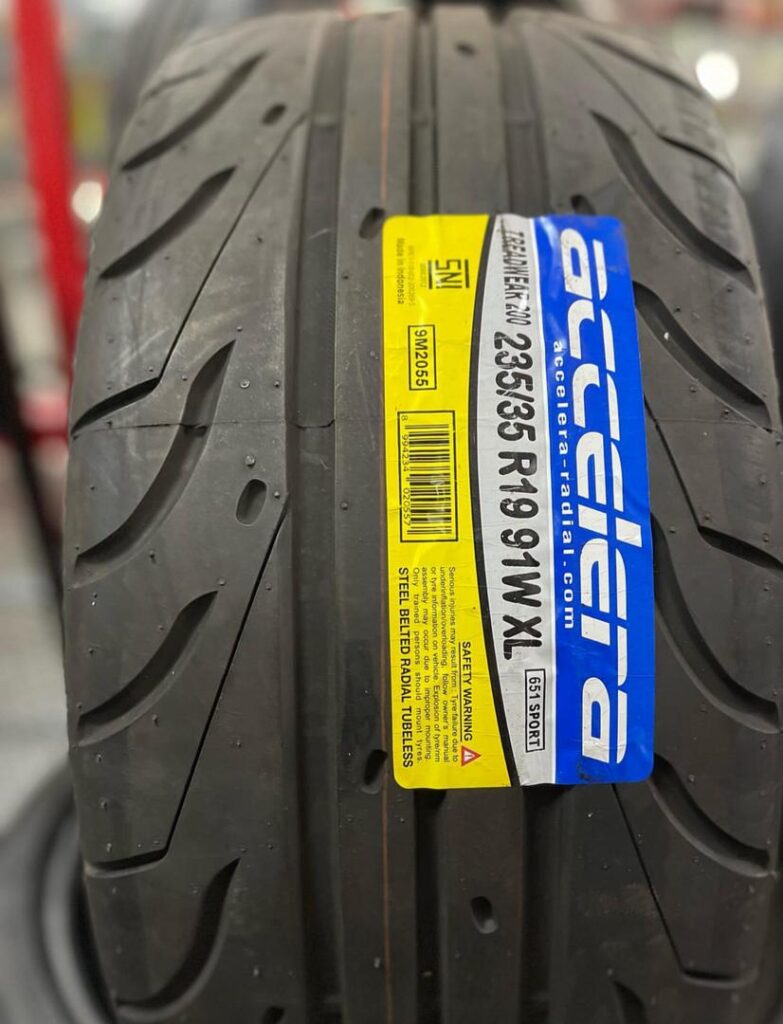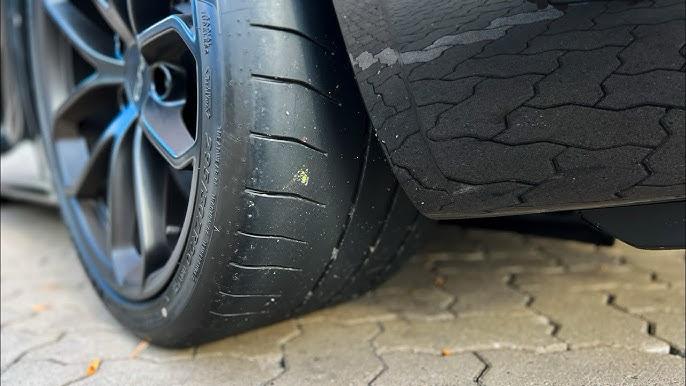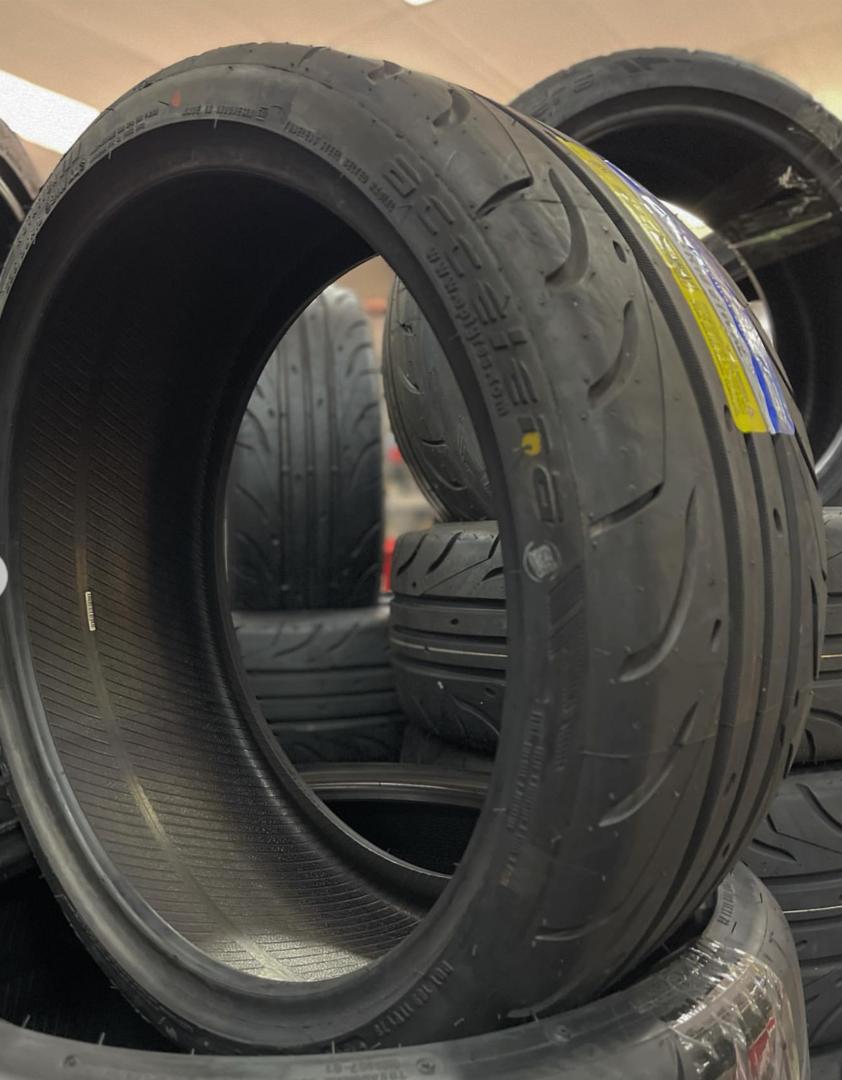Semi‑slick tyres sit right between regular road tyres and full racing slicks, giving you both everyday drivability and extra grip when you push your car hard. Regular street tyres are made to last tens of thousands of kilometres ride quietly, and handle rain well, but they don’t stick as well when you corner fast on dry roads. Semi‑slicks use a softer rubber and shallower tread, so they still let water through just enough to stay legal on public roads, but they lay down more rubber on the pavement for better grip.

You’ll see different grades of semi‑slicks depending on how much grip and how much wear you want. Entry‑level “200 TW” tyres (tw for treadwear, the higher the number, the longer the tyre lasts) cost about $150–$200 each and can go 10,000–15,000 km. Compare that to a typical all‑season tyre at $100–$120 that might do 40,000 km but won’t stick nearly as well on fast bends. If you pick a stickier “100 TW” tyre, you’ll pay around $200–$300 each and get 5,000–8,000 km of life. At the very top, you have unmarked competition semi‑slicks (called R‑Compounds) that grip like crazy but may only last 3,000–5,000 km and cost $250–$350 per tyre.

Some cars even come from the factory with semi‑slicks. For example, Porsche fits its 911 GT3 with Pirelli P Zero Trofeo R tyres, Ford offers the Mustang Shelby GT350R on Michelin Pilot Sport Cup 2s, BMW ships the M4 GTS on Pilot Sport Cup 2 rubber, and Chevrolet equips the Corvette Z06 with Michelin Pilot Sport Cup 2 RS tyres.
On wet roads you’ll notice a bit more noise and a firmer ride than with street tyres, but most drivers say the grip in dry‑road confidence is worth it. For around 20–50 percent more money than a premium street tyre, semi‑slicks give you a huge leap in cornering grip and steering feel. Whether you choose a DOT‑approved 200 TW for daily driving or jump into a 100 TW or R‑Compound for more track time, semi‑slicks let you enjoy a sportier or spirited drive.




